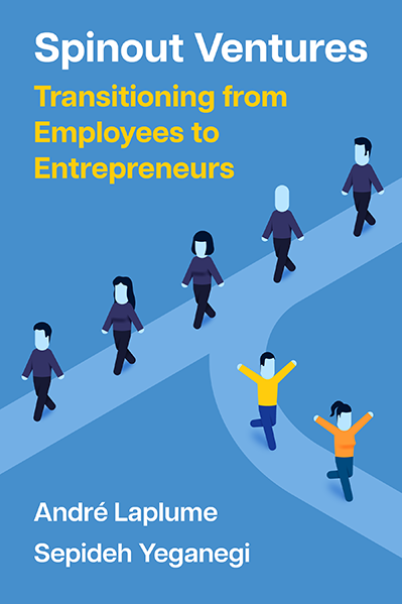Addiction and Entrepreneurship
Could one become addicted to the idea of being an entrepreneur? Countries vary in terms of how their people view entrepreneurs, and entrepreneurship as a career path. In some places, entrepreneurship may be viewed negatively, or associated with corruption. However, the prevailing view of the entrepreneur in the Western Media is the heroic entrepreneur meme. These are often outsiders that manage to disrupt incumbencies and are associated with ideas such as democracy, freedom, and liberty. Perhaps the positive view of the practice has led to entrepreneurship becoming a desirable pursuit for individuals searching for a lifestyle and character to identity with. These types of individuals have been given names over time including the "Wantrepreneur", Veblenian Entrepreneur or "Untrepreneur". These labels refer to individuals who pursue entrepreneurship not with true innovative intentions, or a desire to solve a problem, or to satisfy a need -- but solely for the look and...




